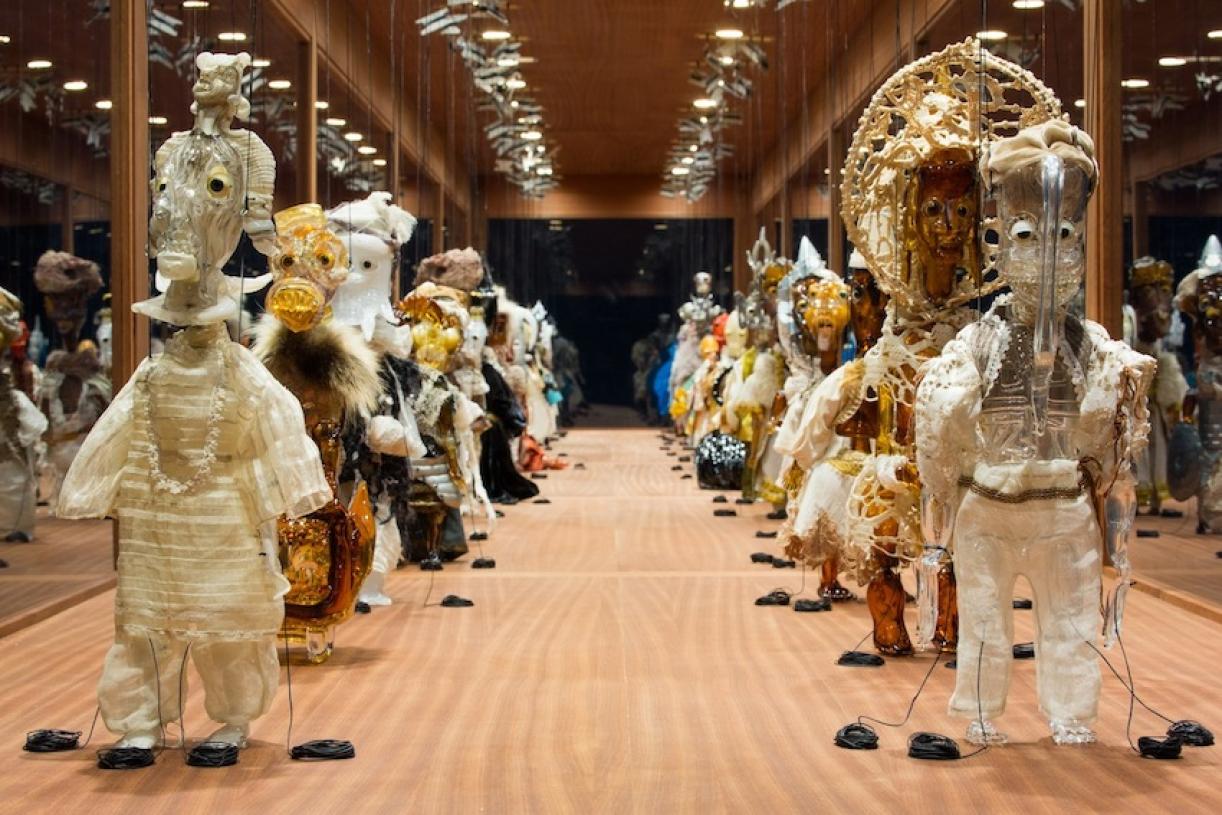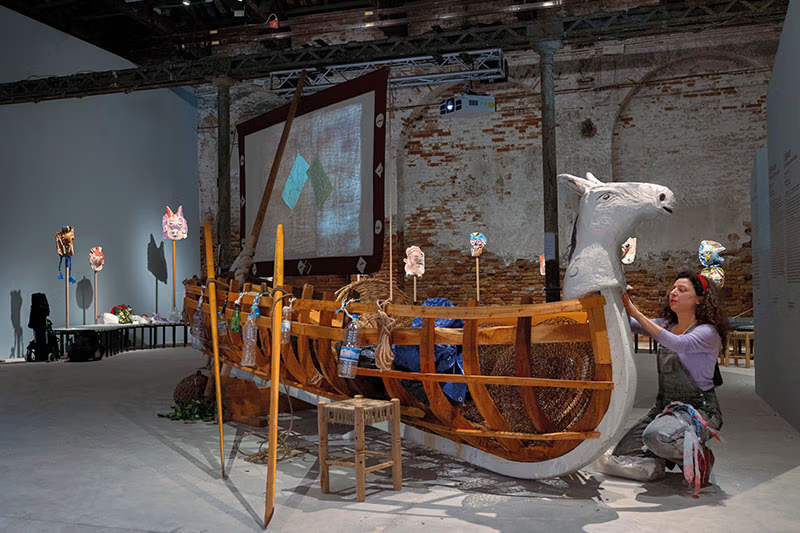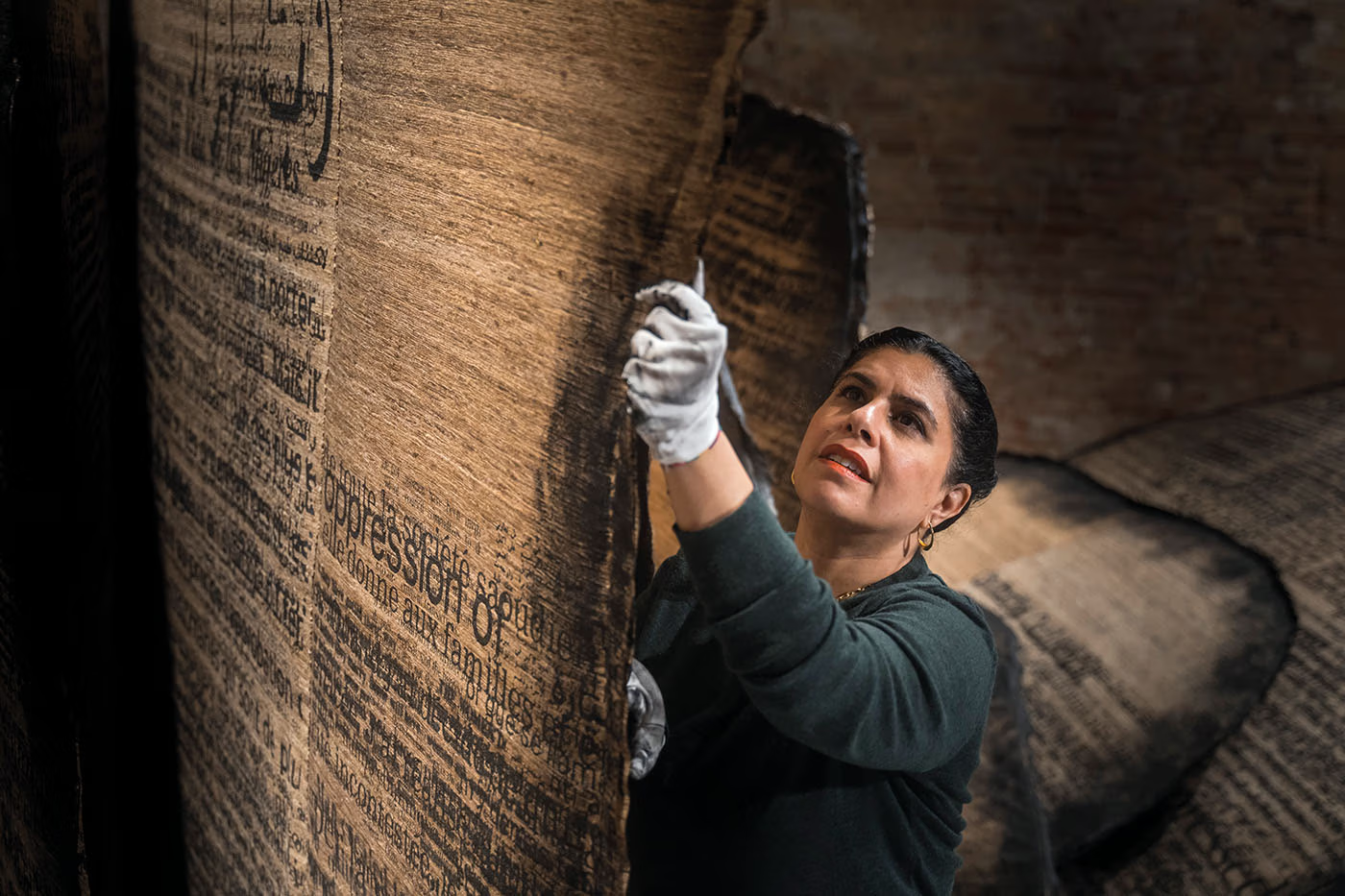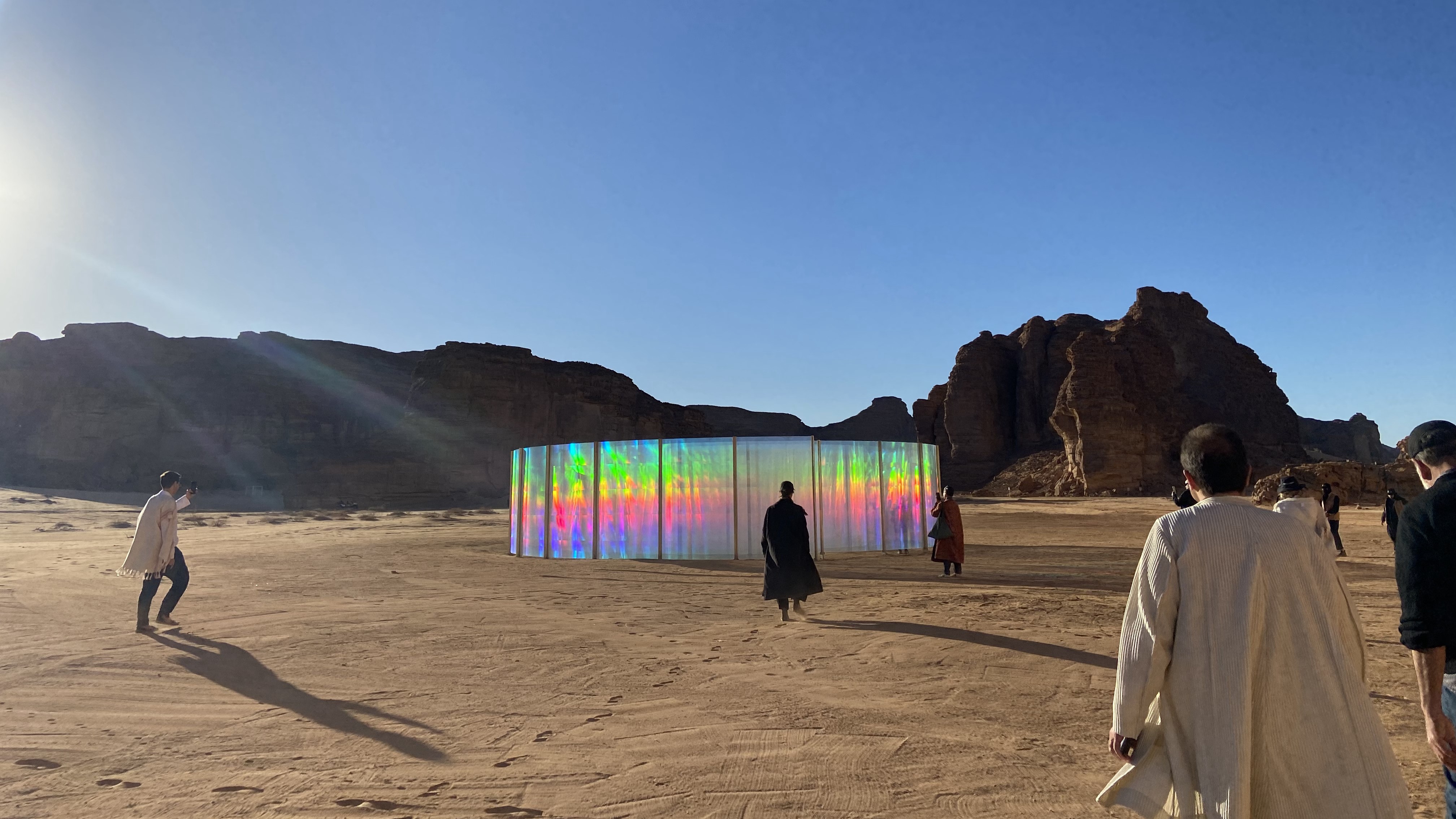
The Arab World Institute’s exhibition on Gaza’s archaeological treasures offers European visitors a vital glimpse into the history of the Palestinian enclave.
I wrote the piece for The New Arab
Here is the link to the article
Read More
The Arab World Institute’s exhibition on Gaza’s archaeological treasures offers European visitors a vital glimpse into the history of the Palestinian enclave.
I wrote the piece for The New Arab
Here is the link to the article
Read More
I wrote for Middle East Monitor an article about “Beyrouth Ya Beyrouth”, a comic book collection in the form of a newspaper created last year by the comic book festival “Rencontres du 9e Art, Festival BD d’Aix” at Aix-en-Provence in the South of France.
The collection sees a group of Lebanese artists sharing different sides of Beirut that are less known to the media. Rather than focusing on the crises and turmoil, they aim to capture the city’s everyday life, emotions and experiences through the medium of comics.
Here is the link to the article
Read More
The show “Nadia Saikali and Her Contemporaries” at Maraya Art Centre in Sharjah until 2 August is dedicated to pioneering abstract artist Saikali, and the influence that she had on modernism in the Arab world and beyond.
This is the first of two pieces which I have written of the show, and has been just published by Middle East Monitor.

Middle East Monitor has published by review of the exhibition Seeing is Believing: The Art and Influence of Gérôme at Mathaf: Arab Museum of Modern Art.
The French artist, who lived and worked in the 1800s, was extremely influential in his depictions of the Middle East, North Africa and South Asia, shaping Western perceptions of these regions during the very century when colonialism and so-called “Oriental Studies” were entrenching global power dynamics.
Here is the link to the article
Read More
My interview with Palestinian artist Mirna Bamieh has been published by Middle East Monitor.
“In the past few months I have been making, just making, making, making those pieces and trying to translate emotions into colours and glazes and firing them and creating this alchemy of understanding around them,” she explained. Her move to Lisbon, added Mirna, is a welcome pause from producing so much work.
However, one conviction resonates very strongly with her; whether in a commercial context like the fair, an experimental gallery like Nika, or an institution like Shanghai: she believes in the meaning of standing up for what’s right. “As a Palestinian, all my life I was told that my voice is not important,” she concluded. “But it is. It is very important. It is very important to speak up.”
Here is the link to the interview
Read More
While, as human beings, we are bound to never fully transcend our human-centered perspective, art offers a means to glimpse beyond our own biases and limitations, imagining a world where animals and humans interact on equal terms.
I have written an essay on the presence of animals in art for The Markaz Review.
Here is the link to the article
Read More
I have realized an interview with Palestinian artist Dina Mimi for Middle East Monitor. A compelling voice in the contemporary art scene, Dina Mimi’s work incorporates video, sound, performance and text to investigate the physicality of resistance in Palestine.
Here is the link to the interview
Read More
Being a foreigner is more than a state of mind. It is a state of the soul. The foreigner’s journey can be painful or enriching. Often it is both, as illustrated by a number of Arab artists at the 60th International Art Exhibition in Venice, which continues through November 24.
Stranieri Ovunque, or Foreigners Everywhere, the theme of the Biennale chosen by curator Adriano Pedrosa, subverts the linear Western art trajectory by bringing outsider narratives to the forefront. The theme allows for explorations of identity, ethnicity, gender and belonging.
Read More
“Forty-five minutes before the preview opening of the Venice Biennale in April, there was already a long line of sleepy people waiting at the Arsenale. Half were elegantly dressed Arab women.
When Saudi artist Manal AlDowayan showed up a few minutes later with a big red smile, she was greeted by a peal of excited squeals. The line scattered, and the artist was cocooned for a group selfie. “They are Manal’s cousins,” explained an amused man in the line.
Most of these women have never been to the Venice Biennale before. It was AlDowayan’s participation that drew them. This was a chance to root for their heroine while enjoying what in Saudi Arabia has become the chicest of activities: art appreciation.”
My second piece interview with Manal has been published on the Saudi Magazine Hadara.
Here is the link to the interview
Read More![The "South West Bank" show at Palazzo Mora [Naima Morelli]](https://i0.wp.com/www.middleeastmonitor.com/wp-content/uploads/2024/04/IMG_3287.jpg?fit=1067%2C800&ssl=1)
My first report from Venice. Besides the controversy around the closed Israeli Pavilion, in this article for Middle East Monitor I look at three shows representing different facets of Palestine at the 2024 Venice Biennale
Here is the link to the article
Read More![Malaysian-Palestinian artist Mandy El-Sayegh .[Photo Abtin Eshraghi. Courtesy of the artist and Lawrie Shabibi]](https://i0.wp.com/www.middleeastmonitor.com/wp-content/uploads/2024/04/Portrait-of-Mandy-El-Sayegh-in-her-studio.-Photo-Abtin-Eshraghi.-Courtesy-of-the-artist-and-Lawrie-Shabibi-1536x1025-1.jpg?fit=1199%2C800&ssl=1)
Middle East Monitor has just published my latest interview with Malaysian-Palestinian artist Mandy El-Sayegh.
Based on assemblage and cultural hybridity, the artist’s work uses artifacts from contemporary culture to speak of the current political climate.
Here is the link to the interview
Read More
Over the past three years, there has been a shift in perception around the Saudi Arabian art scene, and at this year’s Desert X AlUla, artists benefitted from freer expression.
I have review the art festival for the German webmagazine Qantara.
Here is the link to the article
Read More